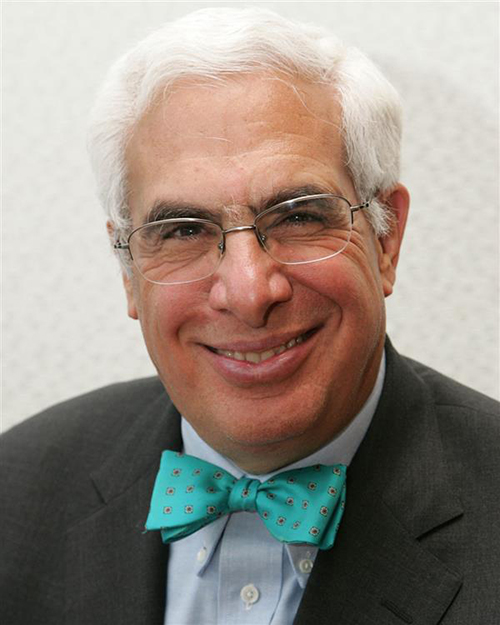Professor Emeritus of Pediatrics and Emergency Medicine,
University of Colorado School of Medicine
USA
Dr. Barry H. Rumack earned his Doctor of Medicine degree from the University of Wisconsin School of Medicine and Public Health. He was also a clinical research fellow at the National Institutes of Health, a pediatric house staff, and subsequently a fellow at the Colorado Poison Center. His professional experiences, thus, provided him with a foundation for his future groundbreaking work in clinical toxicology.
In 1973, Dr. Rumack undertook a clinical fellowship with Dr. Henry Matthew, MD at the Royal Infirmary of Edinburgh in Scotland. During this time, he became deeply interested in the pharmacologic and toxicologic characteristics of a commonly used drug, paracetamol whose toxicity is responsible for 40-70 percent of acute liver failure cases worldwide. Collaborating with Professor Matthew, he collected a crucial dataset comprising 34 cases of paracetamol overdose and combined it with 30 previously published cases. This collaboration resulted in the creation of the iconic Rumack–Matthews nomogram, published in 1975. This nomogram, with its easy-to-understand graphs of paracetamol level, time after ingestion, and risk of liver toxicity, has allowed doctors all over the world to appropriately diagnose paracetamol toxicity. Through his study on the efficacy of N-acetylcysteine as its antidote, a treatment protocol was formed which became the global standard for managing paracetamol toxicity and led to a drastic reduction in liver failure from 54 percent to nearly 0 percent. Some version of this protocol is still used in emergency rooms all across the world today.
Over the past 4 decades, Dr. Rumack has continued to be an influential figure in the field of medical toxicology. He pioneered the use of Poisindex as a poison information database and heralded in the digital age for poison centers and hospitals throughout the world, enhancing the efficiency and accuracy of poison information retrieval and provision. His work with paracetamol toxicity also continued, resulting in ever-improving and more individualized patient management. His passion for science, and his innovative spirit, combined with his unwavering commitment to deliver the best treatment possible for patients have helped save lives, improve treatment outcomes, and inspire countless physicians to strive for the betterment of their own patients.


